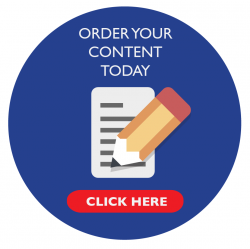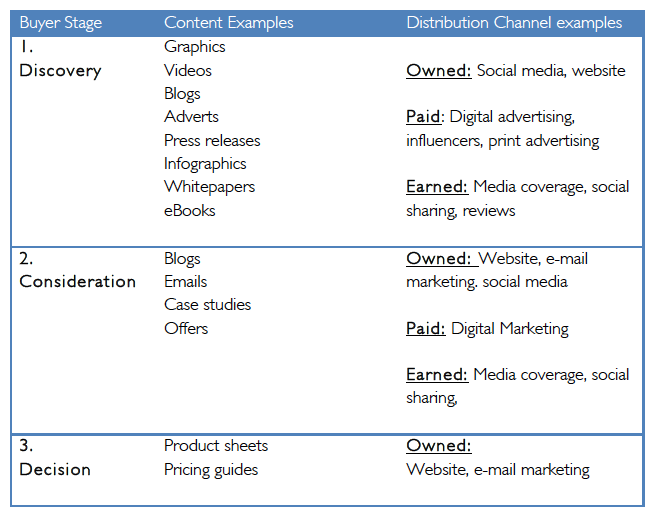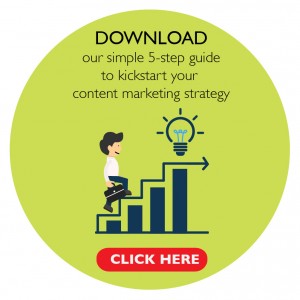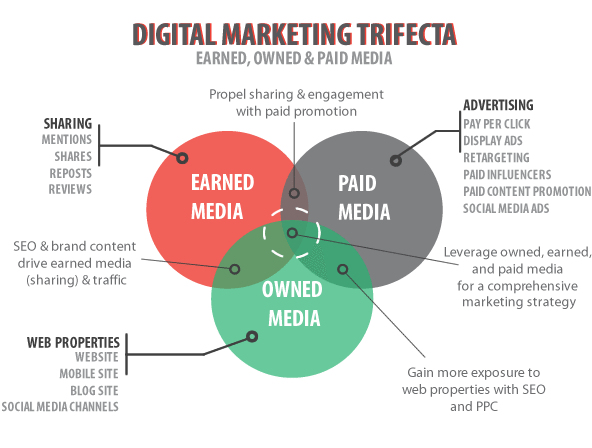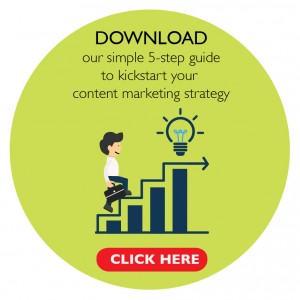There are many ways to pitch and attain news coverage for your brand, from launch announcements, funding announcements, acquisition announcements to profile features. But unless you have an extremely strong story angle or a PR team behind you, it can be hard for journalists to pay attention to your big news.
Luckily for us, the use of data, trends and statistics is another increasingly popular storytelling tool. These figures are capable of turning observations into facts, and on a larger scale, impact industry or economic movements as people watch the news closely to make strategic business decisions.
Collecting data is a great start, but it is only half the job done. How you interpret and package the data is what can essentially land you the desired coverage.
Here are 5 reasons why you should be incorporating data into your media pitches:
1. Data doesn’t lie
The media thrive on interesting, accurate stories. Without credibility, they lose value, readership and profitability.
Data today can be easily doctored to serve an organisation’s agenda or to fit story angles, but don’t forget journalists have access to multiple data sources. This means they can easily fact check the accuracy of your story, especially when they notice a huge discrepancy.
For greater transparency, include vital information such as your data research sample size, data collection methods and the period of research. All these factors play a part to the overall credibility of your data.
2. Data makes stories easier to understand
Between simply stating the economy is slow, or telling people how slowly the economy is growing backed by GDP figures, which one would you report as a journalist?
3. Journalists trust data more than gut feelings
A good press release is not without a quote from your company’s spokesperson. But these quotes more often than not solely rely on the opinion of the spokesperson.
Incorporating data into quotes can substantially strengthen and build credibility around your brand and spokesperson.
4. Data doesn’t beat about the bush
Data-led news conveys a stronger story. When sharing data with the media, we always ensure it’s easy to digest. Use imagery such as infographics, visualisations, graphs or charts to present your story.
Journalists can easily pick out what they need, which becomes extremely helpful when they are pressed for time.
5. It’s all about the baby steps
While journalists may not always run your data as a main story on its own, they may use it as a reference point to a larger story. So don’t worry if your research is not published today, just keep in touch with the journalist and see if they can use it in a upcoming story.
Need help transforming your next announcement? Get in touch with us at [email protected].

